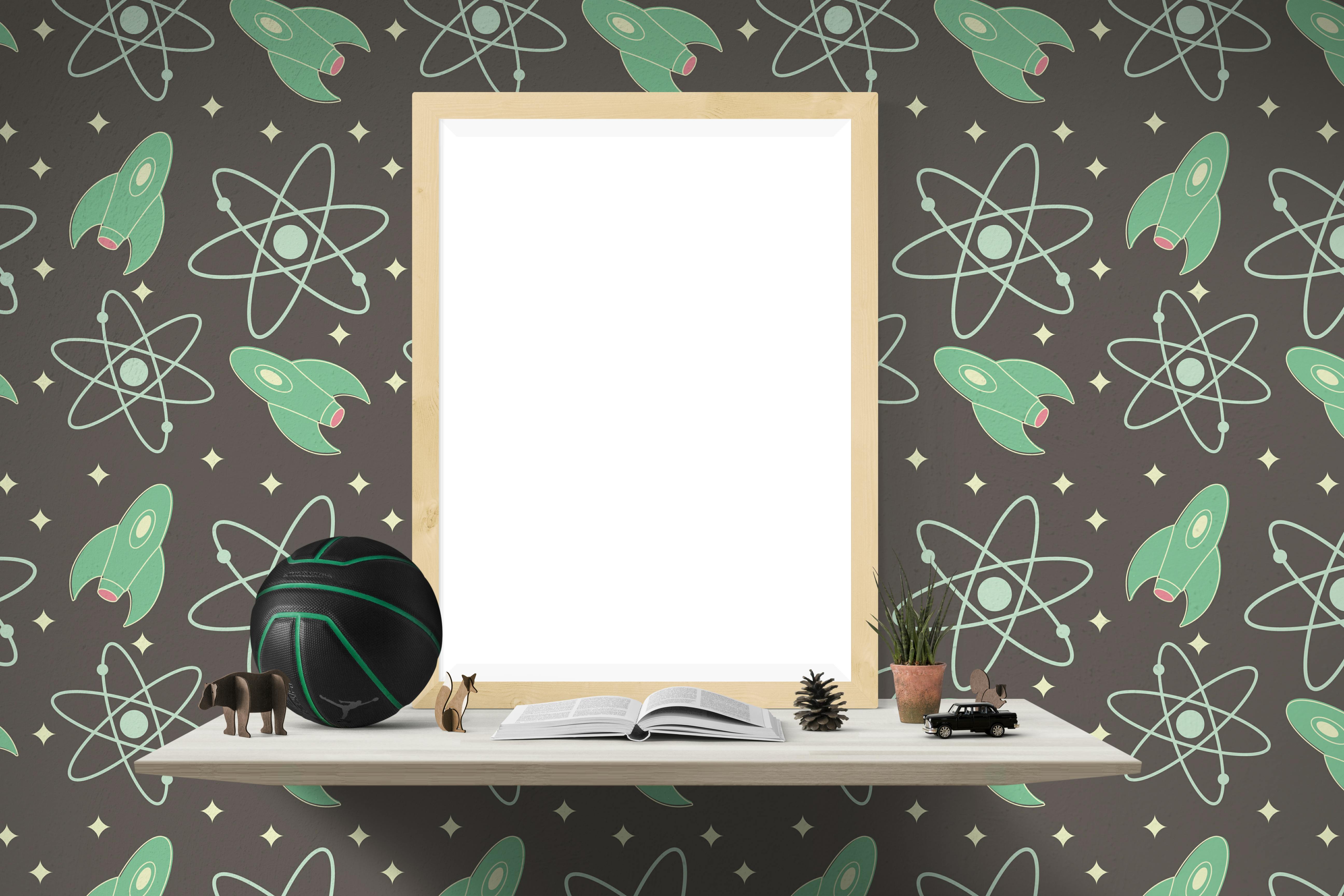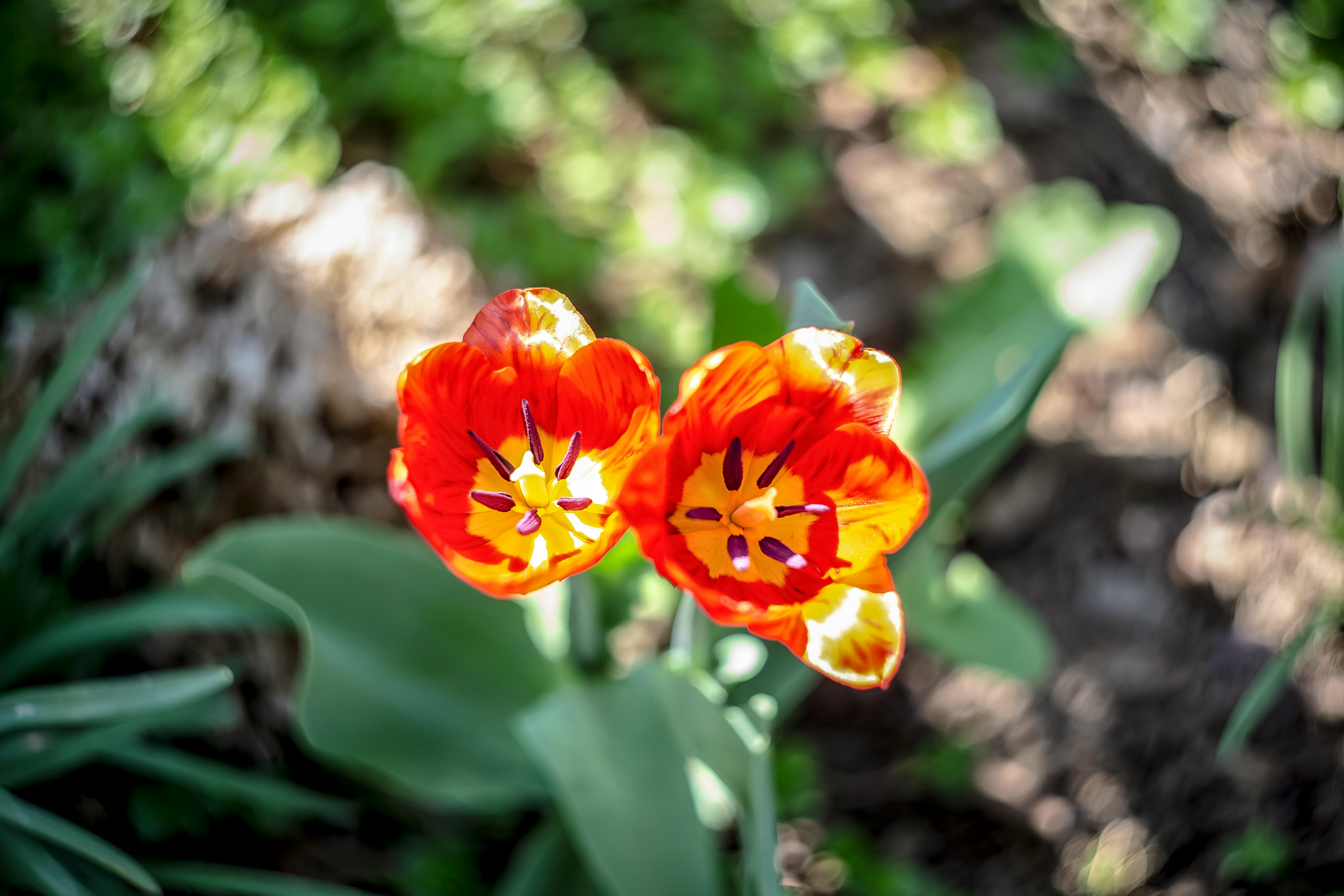Growing zucchini in the home garden is a great way to enjoy this summer vegetable. But one of the first questions many gardeners have is how much space does a zucchini plant need? Luckily, zucchini plants are quite efficient and don’t need a lot of space to produce an abundant harvest. In this article, we will discuss the ideal space requirements for growing zucchini in your garden.A zucchini plant typically requires 2 to 3 feet of space for it to grow properly. It is best to provide the plant with at least this much distance between it and other plants in the garden.
Zucchini Plant Spacing Requirements
Proper spacing between zucchini plants is essential for optimal growth, as it allows the plant to receive adequate sunlight and air circulation. Zucchini plants need a minimum of 8 inches (20 cm) between them when planted in rows. When grown in hills, each plant should be planted at least 18 inches (45 cm) apart. This gives the zucchini plants enough room to sprawl out without overcrowding. Additionally, it helps ensure that the soil remains loose and aerated since overcrowded soil can lead to compaction and poor drainage.
When planning your garden layout, keep in mind that zucchini plants can grow up to 6 feet (1.8 m) tall and spread out up to 3 feet (0.9 m). If you are planting multiple rows of zucchinis, leave a space of at least 3 feet (0.9 m) between each row so the plants have room to spread out without competing for resources such as light and water.
If you are growing zucchinis in containers, choose a pot that is at least 18 inches (45 cm) wide for each plant. This will give the roots enough room to spread out and grow without becoming overcrowded or root-bound. Additionally, it will provide the plant with plenty of space so it can reach its full potential without competing with other nearby plants for resources like light and water.
Overall, by following these spacing guidelines you can ensure your zucchini plants get off to a healthy start and have plenty of room to thrive throughout their growing season!
Sunlight
Zucchini plants require plenty of sunlight in order to grow and produce fruit. A minimum of 6 hours of direct sunlight is ideal, however, more is better. The more sunlight the plant receives the more fruit it will produce. It is best to place the plants in an area that receives full sun throughout the day. If this is not possible, then supplementing with artificial light sources such as grow lights can be done.
Soil
Zucchini plants prefer well-drained soil that is moist but not soggy. A combination of garden soil and compost will provide a good balance of nutrients for the plants. Adding organic fertilizer to the soil prior to planting will also help ensure healthy growth and production. The soil should be kept evenly moist throughout the season for best results.
Pruning
Once the plants begin producing fruit, it is important to prune them regularly to promote new growth and production. Remove any dead leaves or branches from the plant as they can harbor disease and pests. Pruning should be done carefully so as not to damage any of the healthy foliage or fruit on the plant.
Watering
Zucchini plants need consistent moisture in order for them to thrive and produce fruits. Water them deeply once a week with 1-2 inches (2-5cm) of water, making sure that the roots are getting enough moisture without drowning them. Watering in early morning or late evening will help reduce water loss due to evaporation from direct sunlight.
Temperature
Zucchini plants prefer temperatures between 65-85°F (18-29°C). If temperatures dip below 60°F (15°C) then cover or bring the plants indoors until temperatures warm up again. Also, if temperatures rise above 90°F (32°C) then provide shade and additional water as needed.
How to Space Zucchini Plants
Spacing zucchini plants is an important step in ensuring a successful harvest. Proper spacing allows each plant to receive adequate sunlight and air circulation, which are both necessary for healthy growth. In addition, proper spacing helps with preventing pest and disease problems by allowing easier access to spray for treatments. When planting zucchini, it is important to be mindful of the spacing requirements for the variety being planted.
Most varieties of zucchini require a minimum of 3 feet between plants when growing in rows. If planting in hills or mounds, a distance of 4-5 feet between plants is recommended. When planting several rows, leave 5-6 feet between rows for better air circulation and access to the plants when harvesting and weeding.
In order to maximize space in the garden, some gardeners opt to sow zucchini seeds closer together and then thin out the seedlings as they grow. Thinning seedlings should be done when they reach about 4 inches tall, leaving only one plant per hill or mound or every 3 feet in rows. Carefully remove all but the strongest seedling at each designated area as this will ensure that each plant has enough space to grow and mature without competing for resources with its neighbor.
Spacing zucchini plants correctly will help ensure a healthy harvest come summertime. Be sure to follow recommended spacings for your chosen variety and thin out any extra seedlings as needed for optimal growth.
Environmental Factors
Environmental factors, such as temperature, rainfall, and sunlight, are important to consider when spacing zucchini plants. Zucchini plants prefer soil that is warm and moist, and they need adequate sunlight to thrive. A sunny location with well-drained soil is ideal for planting zucchini. Different varieties of zucchini require different amounts of sunlight, so it’s important to know which variety you are growing before you choose a planting location. Additionally, zucchini grows best when temperatures stay between 65-85 degrees Fahrenheit during the day and between 45-65 degrees Fahrenheit at night. Too much or too little heat can reduce yields or cause plants to fail completely.
Soil Conditions
Soil conditions also play an important role in determining the spacing of zucchini plants. Zucchini prefers a soil that is rich in organic matter with a pH level between 6.0 and 7.0. The soil should be well-drained and have enough nutrients to support healthy growth of the plant throughout its life cycle. To ensure optimal growth, it’s important to mix plenty of compost or manure into the soil before planting the seeds or seedlings. Additionally, raised beds may be necessary if the soil doesn’t drain well enough on its own to support healthy root growth for zucchini plants.
Variety
The variety of zucchini being grown also affects the spacing of plants in a garden bed or container. Some varieties grow on long vines that require more space for sprawling roots than other varieties do; therefore it’s important to research the specific variety you are growing before planning your garden layout and spacing your plants accordingly. Generally speaking, zucchini should be spaced at least 2 feet apart in rows that are 5 feet apart when planted in garden beds; however this may vary depending on the variety being grown and other environmental conditions such as temperature and rainfall amounts.

Ideal Soil Conditions for a Zucchini Plant
Zucchini plants require well-drained, nutrient-rich soil in order to thrive. The ideal soil pH for zucchini is between 6.0 and 7.0, though it can tolerate a slightly wider range of 5.5 to 7.5. To ensure that your soil is at the right pH level, you can have it tested by your local extension office or purchase an at-home soil testing kit. Additionally, adding organic matter such as compost or manure will help improve drainage and provide the plant with necessary nutrients.
Temperature Conditions for a Zucchini Plant
Zucchini plants prefer warm temperatures and should not be planted until the soil has reached at least 60°F (15°C). During the growing season, temperatures between 65-85°F (18-29°C) are ideal for optimum growth and fruit production. When nighttime temperatures dip below 50°F (10°C), flowering and fruit production will likely be disrupted.
Nutrients
Zucchini plants require several essential nutrients in order to produce healthy, high-yielding fruits. Zucchini plants need plenty of nitrogen to promote strong stem and leaf growth, as well as phosphorus and potassium for good fruit and flower production. Calcium is also important for strong cell walls and magnesium helps the plant use other nutrients more efficiently. Zucchini also need trace elements such as iron, manganese, zinc, copper, boron and molybdenum.
Water
Adequate water is essential for healthy zucchini plants. Water helps the plant transport nutrients from the soil to the leaves and throughout the entire plant. Zucchini plants should be watered deeply once or twice a week during dry spells. The soil should be moist but not soggy; too much water can cause root rot or other diseases. Mulching around the base of the zucchini plant can help retain moisture in the soil.
Overall, it is important to provide zucchini plants with adequate amounts of nutrients and water for maximum yields throughout the summer months. Proper care will help ensure a bountiful harvest of delicious zucchinis!
What Size Pot Should You Use for a Zucchini Plant?
When choosing a pot for your zucchini plant, it is important to consider the size and type of pot you use. The larger the pot, the more soil the plant will have available for root growth. A larger pot also provides more room for air to circulate around the roots, which helps ensure that your zucchini plant stays healthy. For best results, use a pot that is at least 12 inches in diameter and 18 inches deep. This size will provide enough space for your zucchini plant to grow and thrive.
If you are growing multiple zucchini plants in one container, choose a larger pot that is at least 24 inches in diameter and 24 inches deep. This will provide enough space for each individual plant to develop an adequate root system. Additionally, it is important to note that zucchini plants prefer well-draining soil with plenty of organic matter such as compost or manure. Soil that does not drain properly can lead to root rot and poor growth of your plants.
When deciding on the type of pot to use, choose one made from a material that will last such as ceramic or plastic. Terracotta pots are also suitable as long as they have good drainage holes since these materials tend to dry out quickly. Additionally, if you plan on planting multiple plants in one container make sure there are several drainage holes so excess water can easily escape after watering your plants.
In summary, it is important to consider the size and type of pot when planting a zucchini plant. A larger pot with adequate drainage holes will help ensure healthy growth of your plants and keep them from becoming waterlogged or suffering from root rot due to poor drainage conditions. By taking these factors into consideration when choosing a pot for your zucchini plant, you can ensure its success in producing delicious fruits!

Conclusion
Zucchini plants need plenty of space to grow and thrive. They should be planted in a sunny spot with well-draining soil, and a minimum of 1 square foot per plant is recommended. If you have limited space, you can always consider growing zucchini in containers or vertical gardening structures to maximize the area available. Fertilizing and watering regularly is also important for the health of your zucchini plants. With proper care, your zucchinis will produce an abundance of harvest in no time!
Overall, growing zucchini is an easy and rewarding experience, especially if you have the right amount of space available. With the right amount of sunlight, soil quality and water, even a small patch of land can turn into a fruitful garden with fresh zucchinis to enjoy.

